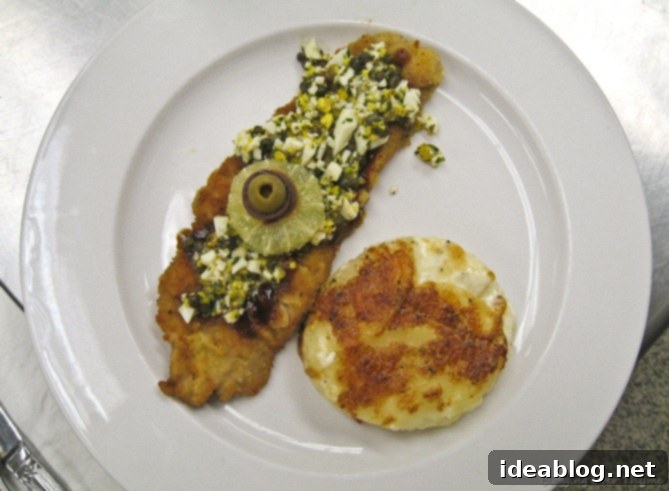Mastering Classic Culinary Techniques: A Culinary Journey Through French Gastronomy
Wednesday was a particularly enriching day in our culinary journey, steeped in the art of preparing classic and traditional dishes that form the very bedrock of haute cuisine. Each plate presented an opportunity to delve deeper into fundamental techniques, understand historical contexts, and, most importantly, savor the exquisite flavors that define these timeless recipes. From the deceptively simple Caesar salad to the intricate “Floating Island” dessert, the day was a testament to the beauty and precision of professional cooking, pushing our skills and expanding our gastronomic horizons.
We began our exploration with a dish that, despite its global popularity, often suffers from poor execution in many establishments: the homemade Caesar salad. It’s an interesting fact that this beloved salad is not French in origin, as many mistakenly believe. Its roots trace back to Tijuana, Mexico, credited to chef Caesar Cardini. I vividly recall Caesar salad being one of my absolute favorite restaurant orders during my younger years. However, in recent times, I’ve found myself ordering it less and less, primarily due to the prevalent mediocrity and the unfortunate tendency for it to be excessively drenched in dressing, obscuring the delicate balance of its core ingredients. A truly great Caesar salad is a harmonious blend, not a soggy affair.
The gold standard for Caesar salad in my memory remains, without a doubt, a version I savored at the Hotel Bel-Air in Los Angeles with my family many years ago. That experience set an incredibly high bar for what a truly exceptional Caesar salad should taste like – perfectly balanced, crisp, and bursting with fresh flavor. Recreating that magic at home, or in a professional kitchen, is a surprisingly straightforward endeavor, and the results are immensely rewarding, proving that sometimes the best versions of classic dishes are the ones you make yourself with fresh, quality ingredients.
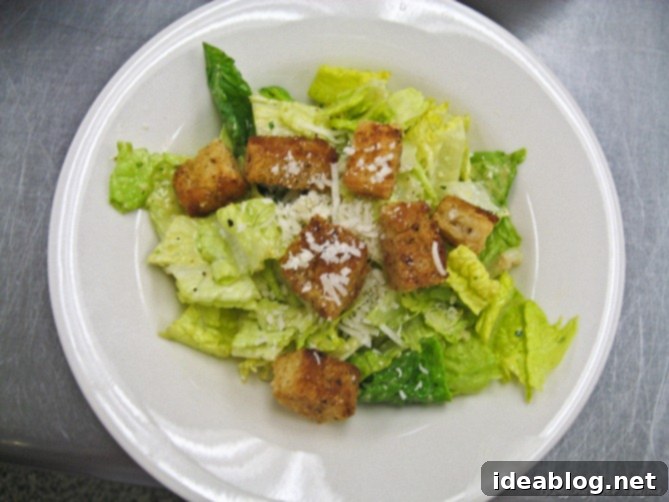
The heart of any great Caesar salad lies in its dressing, which is essentially a sophisticated variation of a homemade mayonnaise or aioli. We started by meticulously whisking fresh egg yolk with sharp Dijon mustard, a generous splash of vibrant lemon juice to cut through the richness, and a dash of Worcestershire sauce, which adds a complex savory depth. This base was then gradually emulsified with high-quality extra virgin olive oil until it reached a thick, creamy, and glossy consistency. The true transformation, however, occurred with the addition of finely grated Parmesan cheese, freshly made anchovy paste (which provides a crucial umami depth without tasting overtly fishy, a common misconception), and pungent minced garlic. These ingredients elevate the dressing from merely good to truly extraordinary, creating that iconic Caesar flavor profile. A thoughtful touch we incorporated was very finely chopped parsley, which not only added a subtle herbaceous note but also imparted a beautiful, fresh green hue to the dressing, making it visually appealing and adding a layer of freshness.
Complementing our exquisite dressing and crisp romaine, we crafted homemade croutons. These weren’t just any croutons; they were made with rich butter, generously infused with minced garlic, and a hint of fresh parsley, gently toasted in a pan on the stovetop until golden brown and perfectly crisp. The aroma alone was intoxicating, and their buttery, garlicky crunch provided a delightful textural contrast to the fresh lettuce and creamy dressing. The synergy between all these components—the fresh greens, the robust dressing, and the crunchy, flavorful croutons—is what truly defines a superb Caesar salad, proving that simple ingredients, when handled with care and precise technique, can yield unparalleled deliciousness and elevate a familiar dish to gourmet status.
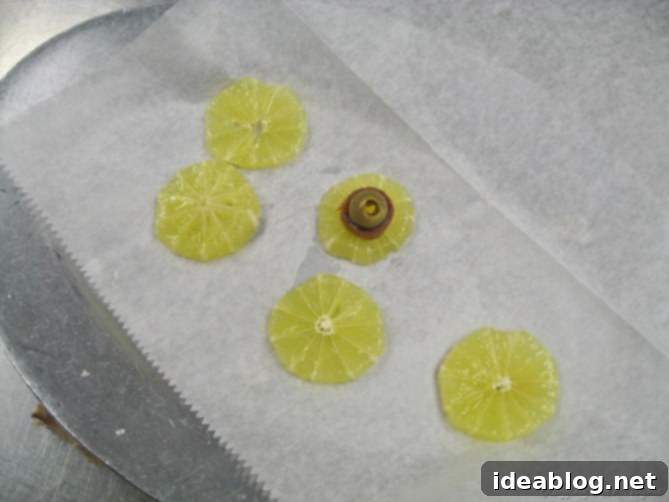
Our main course for the day was a dish that epitomizes elegance and complexity in French-Viennese cuisine: ESCALOPE DE VEAU VIENNOISE—Veal Scallop with Viennoise Sauce. This classic preparation, while sounding elaborate, is a masterclass in balancing rich flavors with delicate textures. In essence, it features perfectly breaded veal scallops, pan-fried to golden perfection, generously topped with a luxurious demi-glace and an intricate Viennoise sauce. This sauce is a delectable derivative of a classic meunière, enriched and brightened with briny capers, fresh lemon juice for acidity, finely chopped parsley for freshness, and luxurious butter, further made unique by the unexpected yet harmonious addition of chopped hard-boiled egg. The dish is then typically adorned with a classic garnish comprising a bright lemon rondelle and an anchovy-wrapped green olive, adding both visual appeal and a burst of complementary flavors that cut through the richness.
On paper, or when simply described, the combination of these ingredients—especially the anchovy and hard-boiled egg in the sauce—might sound unconventional, perhaps even a little strange to an unfamiliar palate. However, the true magic of Escalope de Veau Viennoise reveals itself with the first bite. When all elements, including the nuanced garnish, are savored together, they coalesce into a symphony of flavors and textures that is truly remarkable. The acidity of the lemon and capers balances the richness of the demi-glace and butter, while the anchovy adds a depth of umami. I confess, I was pleasantly surprised by how beautifully everything came together, creating a dish that is unequivocally delicious and sophisticated. It’s a prime example of how classical culinary combinations, even those that seem odd in isolation, achieve perfection through harmony and expert execution.
Historically, Veal Viennoise was often presented in a grand, banquet style, emphasizing visual artistry alongside gastronomic pleasure. The garnishes, meticulously arranged by color, were designed to evoke the vibrant hues of the Neapolitan battle flag, adding a layer of historical and artistic significance to the presentation. This tradition highlights the importance of presentation in classical French cuisine, where the visual appeal is almost as crucial as the taste and aroma, creating a truly multi-sensory experience.
Beyond the careful preparation of the garnishes and the meticulous assembly of our mise en place—the French culinary term for “everything in its place,” essential for efficient and stress-free cooking—the actual cooking of this veal dish was reserved for the very last minute. This timing is critical to ensure the veal remains tender, succulent, and perfectly moist. We began by thinly cutting the veal, which had been expertly butchered into primal cuts in the previous day’s class, into delicate scallops. These slices are ideally no thicker than 1/8 of an inch, a task that requires a steady hand, significant knife skills, and extreme precision to prevent tearing. Achieving such thin, uniform slices perfectly is indeed tricky, but I was proud to find that my first attempt yielded very satisfactory results, a testament to the detailed instruction we receive. The breading process itself involves a standard triple-dredge—first in seasoned flour, then in a beaten egg wash, and finally in fine breadcrumbs—ensuring a crisp, golden crust that seals in the veal’s moisture and adds a delightful texture.
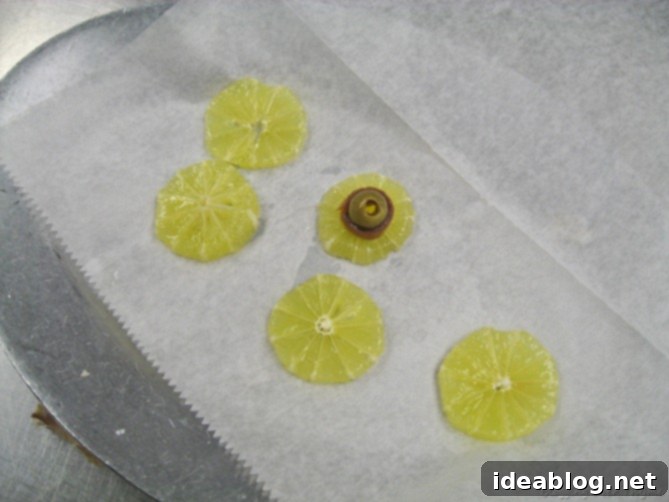
Accompanying our exquisite veal, we prepared another quintessentially French potato dish that celebrates richness and comfort: GRATIN DAUPHINOIS. This is a dish that truly embraces indulgence, unapologetically inviting generous amounts of heavy cream, butter, and cheese to create a side dish of unparalleled richness and creamy texture. It’s a celebration of dairy and potatoes, transformed through simple techniques into something utterly luxurious and deeply satisfying, a true staple of French provincial cooking.
The process begins with the careful slicing of potatoes using a mandoline, ensuring uniform, paper-thin slices. This consistency is crucial for even cooking and a beautiful presentation. These delicate potato rounds are then layered meticulously, slightly overlapping, onto a generously greased baking sheet or traditional gratin dish. Each layer is then lavishly covered with a substantial amount of rich heavy cream, a generous sprinkling of Gruyère cheese—known for its excellent melting properties and nutty, earthy flavor—a touch of Parmesan for an extra savory kick, a whisper of freshly grated nutmeg for warmth, and a seasoned blend of salt and freshly cracked black pepper. The layering continues until the dish is full, creating a beautiful mosaic of potatoes and rich dairy. For gratin dishes like this, the choice of potato is paramount; using a very starchy variety, such as Russet or Yukon Gold, is crucial as their high starch content helps bind the dish together, preventing it from becoming watery and resulting in a cohesive and wonderfully creamy texture once baked to golden perfection.
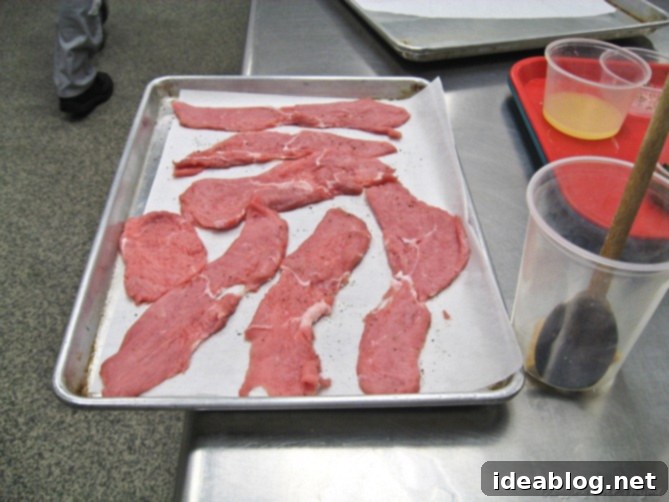
Our Chef shared an interesting variation, suggesting that one could incorporate thinly sliced turnips alongside the potatoes in the Gratin Dauphinois, adding a subtle peppery note and slightly reducing the overall richness, while still maintaining the classic gratin appeal. While undeniably rich, our Gratin Dauphinois was incredibly satisfying and universally praised by everyone in the class. For an elegant presentation, especially in a professional setting, we utilized biscuit cutters to portion the gratin, creating perfectly shaped individual servings that elevated this humble potato dish to a fine dining experience. This dish perfectly exemplifies French comfort food at its most refined, a true testament to how simple, quality ingredients can be transformed into something extraordinary with proper technique and a touch of indulgence.
To conclude our extensive meal, we embarked on the creation of a very unique and highly technique-intensive dessert: L’ILE FLOTTANTE AU CARAMEL, or “Floating Island.” This particular dessert holds significant importance as it is slated to appear on our upcoming practical exam. Consequently, I anticipate spending a considerable amount of time practicing its various components over the coming week, focusing on precision and timing. Its execution is incredibly time-sensitive and demands an exceptional degree of careful attention to detail, from the perfect meringue to the delicate caramel work and the smooth crème anglaise.
One of the most visually stunning elements, and certainly a highlight of our learning experience, was the creation of the intricate sugar-caramel basket. This was an incredibly fun technique to master, combining artistry with culinary skill! Although our chef clarified that this elaborate presentation detail wasn’t a strict requirement for the basic practical exam, my partner, Turner, and I were keen to challenge ourselves and push our boundaries. We managed to squeeze in time at the end of class to at least attempt it, and the results were surprisingly impressive. These types of elaborate garnishes and presentation details, while encouraged for practice now, are generally emphasized and become more mandatory during Phase II of the culinary program, where advanced plating and artistic expression take center stage.
Learning to create the caramel basket was surprisingly enjoyable and, dare I say, not nearly as difficult as its impressive appearance suggests. It’s these moments of mastering seemingly complex techniques that truly ignite a passion for culinary artistry and demonstrate the power of understanding the fundamental properties of ingredients like sugar.
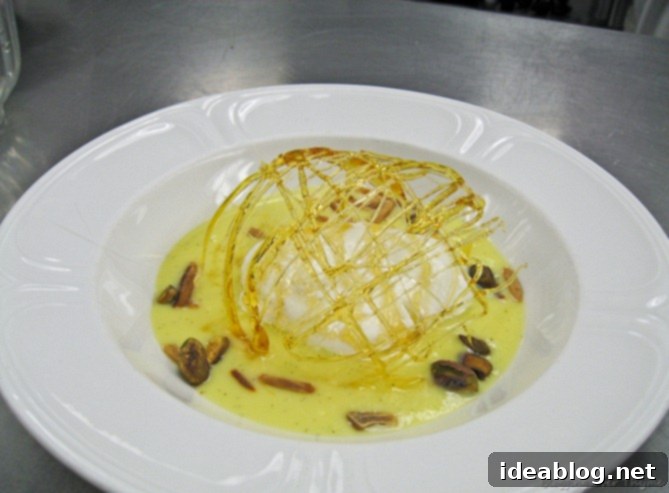
The Floating Island dessert is a symphony of textures and flavors, a delicate balance of sweetness and airiness. It primarily comprises a light yet substantial hard French meringue, which is expertly shaped into a quenelle—a new shaping technique we practiced, involving forming an elegant oval using two spoons—and then delicately poached in simmering water or milk just before serving to maintain its ethereal texture. This cloud-like meringue is elegantly served atop a rich pool of luscious crème anglaise, a classic pouring custard. The ensemble is then beautifully finished with a generous drizzle of golden caramel and a scattering of finely sliced almonds and pistachios, adding a delightful crunch and a nutty aroma that complements the sweet meringue and creamy custard.
The timing of the poached meringue is absolutely crucial; it must be prepared at the very last minute to ensure it retains its delicate body and airy texture. Any delay can cause it to deflate, compromising the integrity and visual appeal of the dessert. This emphasizes the importance of precise timing, organization, and coordination in a professional kitchen setting, especially when dealing with delicate components.
To craft our delicate caramel baskets—a truly captivating demonstration of sugar work and dexterity—we began by heating granulated sugar to the perfect temperature until it caramelized into a beautiful golden liquid. Then, working very quickly before the caramel hardened, we drizzled the hot, molten caramel from a fork over the inverted bottom of a lightly greased ladle. The residual heat from the ladle helped shape the caramel into a perfect, delicate basket structure. After allowing it to cool slightly, the hardened caramel easily detached, yielding a perfectly formed, intricate edible basket. This technique is not only impressive but surprisingly accessible, making it a fantastic candidate for a future blog video, showcasing the seemingly complex steps to achieve such an elegant garnish!
As this eventful week draws to a close, my focus now shifts to the busy weekend ahead and the challenges it brings. This Saturday, I will be returning to school for our open house, where we will have the exciting opportunity to present a lavish buffet to prospective students and their families. It’s a fantastic chance to showcase the skills we’re learning, practice our service techniques, and inspire future culinarians by demonstrating the delicious possibilities of our program. The remainder of the weekend will be dedicated to intensive preparation for my second practical exam, scheduled for next Thursday. This upcoming assessment requires mastery of a broad range of techniques and recipes, building upon everything we’ve learned so far, and I anticipate spending countless hours reviewing, practicing, and refining my skills. There is certainly a lot to do to prepare, but the journey of culinary mastery is as rewarding as it is demanding, and I’m eager to embrace the challenge and continue my growth as a chef!
